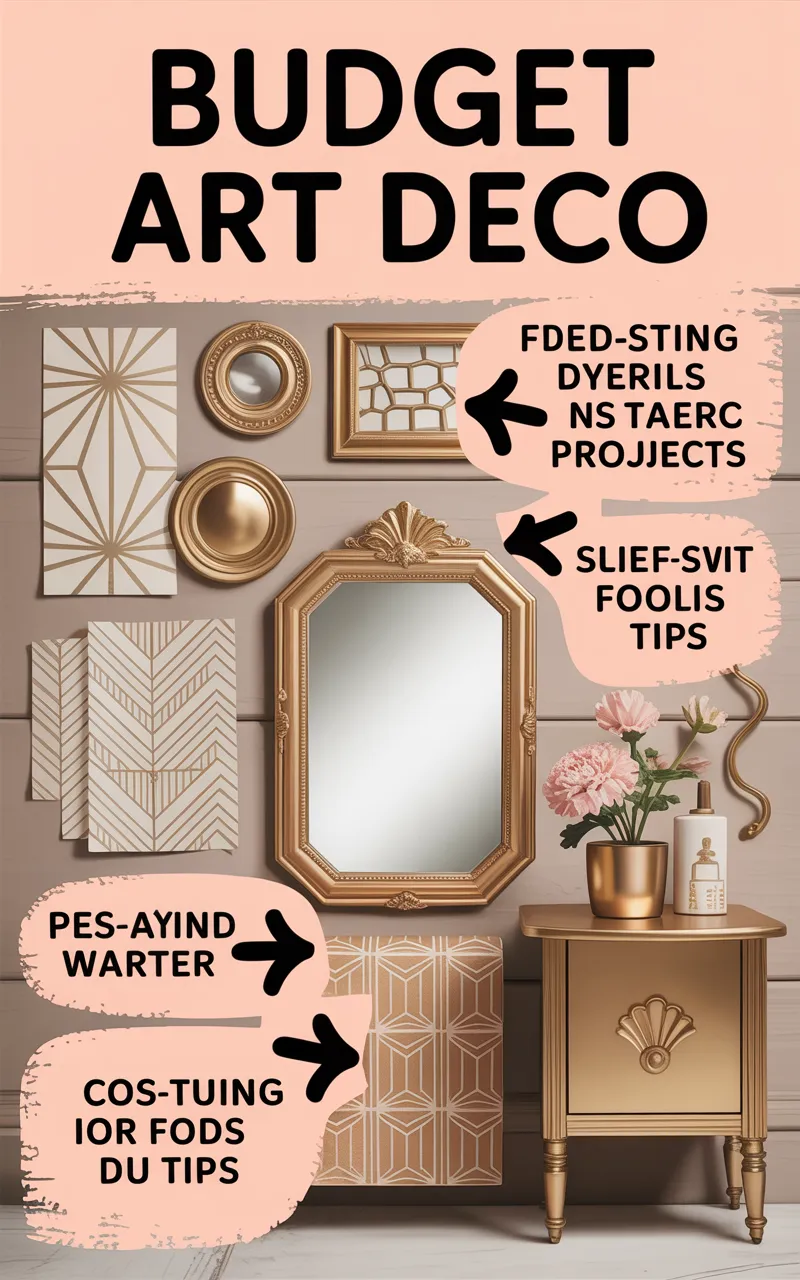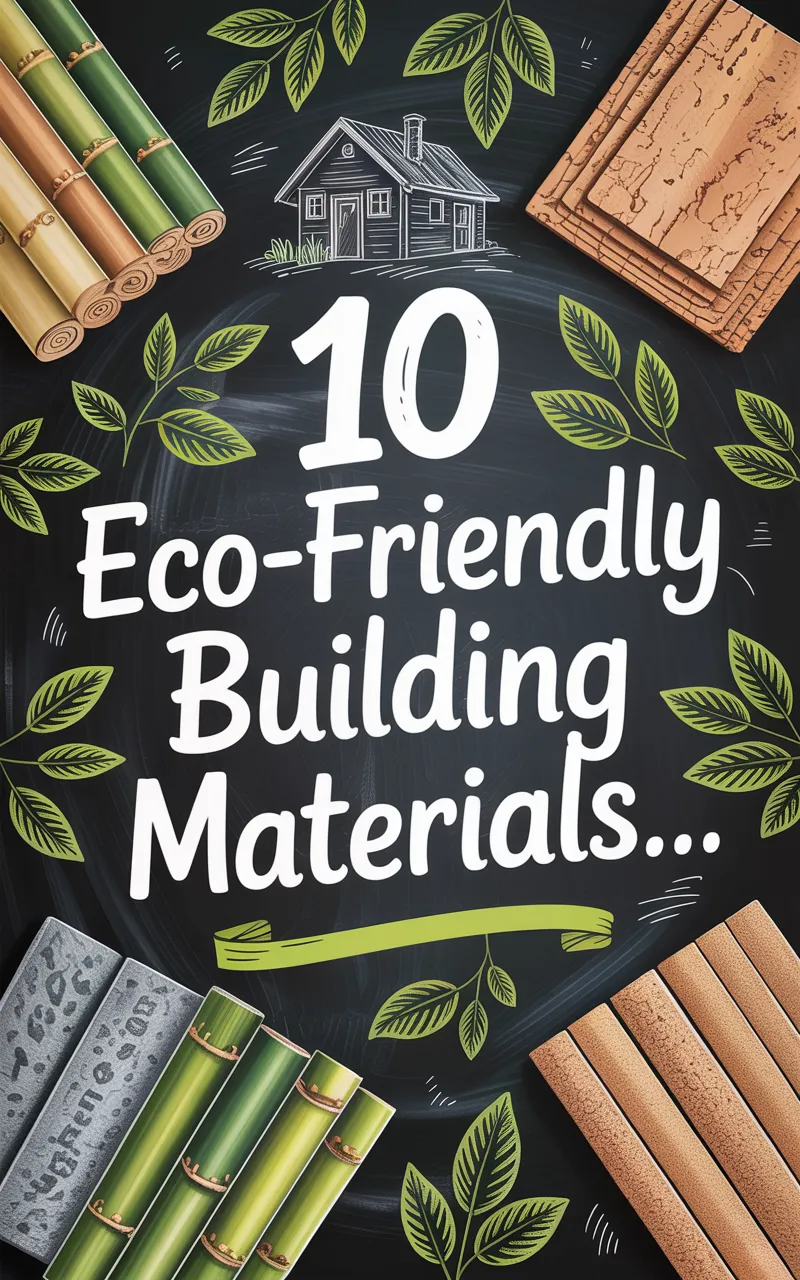Sustainability is no longer just a trend; it’s a lifestyle. For anyone seeking to reduce waste while giving their living space a unique, stylish touch, using recycled materials in home decor is one of the most impactful steps you can take. This blog is your guide to 10 clever ways to turn everyday objects into gorgeous decor pieces that marry creativity and sustainability.
Think of it as a way to refresh your home, save money, and make a positive environmental change. Read on for amazing ideas and tips to transform discarded materials into mesmerizing home decor.
Why Use Recycled Materials in Home Decor
Before we jump into the ideas, it’s worth highlighting why recycled materials belong in your home:
Sustainability: Reusing materials reduces waste and minimizes environmental impact.
Budget-Friendly: Upcycling costs significantly less than buying brand-new decor items.
Unique Aesthetic: No one else will have a decor piece quite like yours.
Creativity Boost: Working with recycled items forces you to think outside the box.
Now, let’s explore some eco-friendly home decor ideas that will inspire you.
Pallets for Rustic Furniture
Warehouse pallets aren’t just for shipping. With a little creativity, they can be transformed into coffee tables, headboards, or even garden benches. Sand them down, apply a fresh coat of paint or varnish, and you’ve got a unique, rustic piece of furniture.
Pro Tip: Add casters to a pallet with a glass top for a trendy, moveable coffee table.
Mason Jars as Versatile Accessories
Mason jars might be one of the most versatile recycled materials. Use them as vases, lanterns, or even food storage containers. Decorate them with twine or paint for a personalized touch.
Creative Example: Fill mason jars with fairy lights for a magical table centerpiece!
Wine Bottles as Centerpieces or Candle Holders
Empty wine bottles are perfect for DIY projects. You can cut them for flower vases or leave them intact and use them as candle holders. A wrapped ribbon or hand-painted touch elevates the aesthetic.
Eco-Friendly Bonus: If you have a collection, group them together for a cohesive, artsy display.
Old Picture Frames for Gallery Walls
Don’t throw away that stack of mismatched, old picture frames. Refresh them with a coat of paint and create a gallery wall. Alternatively, use just the frames to highlight fabric swatches, prints, or even pressed flowers.
Styling Idea: Combine various frame sizes for a gallery aesthetic that feels curated and personal.
Wooden Crates for Storage
Reuse old crates to build functional yet stylish shelving units or storage bins. Paint or stain them to match your home’s color scheme, and configure multiple crates to create a larger piece of furniture like a bookcase.
Practical Tip: Stack them to create tiered storage or add wheels for an industrial-style rolling cart.
Tin Cans as Planters or Organizers
Clean tin cans can make wonderful additions to your home decor. Wrap them with fabric, paint them, or add washi tape to create one-of-a-kind organizers or planters.
Green Idea: Use tin cans for small herb gardens in your kitchen windowsill.
Upcycled Fabric for Pillows and Curtains
Instead of buying new fabric for home textiles, repurpose old curtains, bedsheets, or clothing. These can be turned into cushions, table runners, or no-sew rugs.
Creative Touch: Look for fabrics with bold patterns to add a statement piece to your decor.
Broken Ceramics for Mosaic Projects
Spare or broken tiles, shattered plates, and chipped ceramics don’t have to be tossed out. Turn them into colorful mosaics for tabletops, garden pots, or even backsplash designs.
DIY Tip: Arrange ceramic pieces on a reclaimed surface, then grout them in place for a dramatic effect.
Old Doors and Windows for Unique Decor
Who knew old doors and windows could have new lives? Turn an old door into a rustic dining table or use window frames with the panes intact as wall art or mirrors.
Charming Idea: Hang a window frame with inserted photos on the wall for a nostalgic vibe.
Plastic Bottles for Lighting Projects
Instead of clogging up landfills, plastic bottles can be repurposed into extraordinary light fixtures. Cut and shape them into creative designs to serve as pendant lights, chandeliers, or fairy-light holders.
Eco-Innovation: Use hot glue and spray paint for a metallic look without the cost.
A Few Practical Tips for Using Recycled Materials
While the ideas above are exciting, here are a few pointers to keep in mind for a successful DIY project:
Clean and Prep Everything: Ensure all materials are sanitized and suitable for home use.
Start Small: Begin with smaller projects before tackling large furniture items.
Invest in Tools: Simple tools like a hot glue gun, paintbrushes, and sandpaper can make a world of difference.
Get Inspired: Platforms like Pinterest or Instagram are great for finding creative ideas and tutorials.
Make Sustainability Stylish
Decorating your home with recycled materials is proof that sustainable choices can also be beautifully stylish. Not only do these projects add personality to your living spaces, but they also serve as a constant reminder of the positive impact you’re making on the planet.
Start small or go bold. The choice is yours. Whatever you create, know that you’re part of something bigger than yourself.
Interested in more sustainable lifestyle ideas? Subscribe to our newsletter for weekly tips, tutorials, and eco-friendly inspiration.
Frequently Asked Questions (FAQ)
Q: What are some examples of materials I can repurpose for DIY projects?
A: You can repurpose items like old mason jars, wooden pallets, glass bottles, fabric scraps, and even outdated furniture pieces. Get creative and think about ways to give a second life to items you no longer use!
Q: Are these projects suitable for beginners?
A: Absolutely! Many DIY upcycling projects are beginner-friendly and come with simple instructions. Start with small, manageable projects and work your way up as you gain confidence.
Q: Where can I find inspiration for sustainable DIY ideas?
A: Inspiration can be found on social media platforms, eco-friendly blogs, and websites dedicated to sustainability. Don’t forget to check out our newsletter for fresh ideas and tutorials!
Q: How does upcycling help the environment?
A: Upcycling reduces waste by repurposing items that might otherwise end up in landfills. It also minimizes the demand for new materials, helping to conserve natural resources and reduce pollution.
Q: Can kids participate in upcycling projects?
A: Definitely! Upcycling projects can be a fun and educational activity for children, teaching them creativity and the importance of sustainability at a young age. Always ensure that any tools or materials used are safe and age-appropriate.
If you have more questions, feel free to reach out to us or explore our resources for additional guidance!





Leave a Reply
You must be logged in to post a comment.